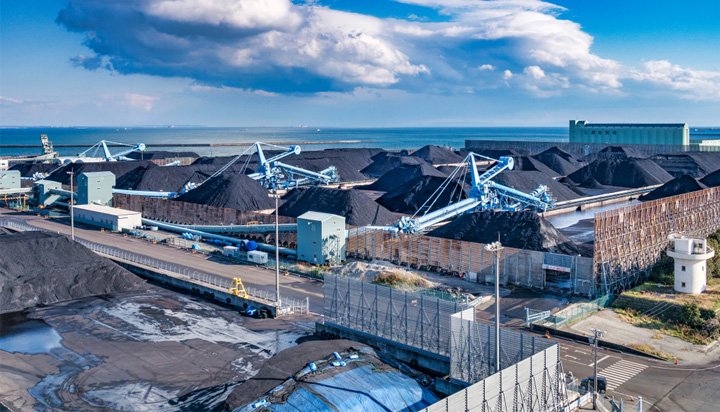
Utility companies in Japan are planning to build around 20GW of coal-fired capacity over the next decade.
The scope of development will depend on how many suspended nuclear reactors resume operation, according to the US Energy Information Administration (EIA).
Its report suggests increased competition in Japan’s electricity market may also have an effect as new non-coal entrants compete for market share.
However, new coal developments also depend on whether the government will grant environmental approvals, given Japan’s ambition to reduce carbon emissions by 26% by 2030.
The EIA adds: “The environmental approvals will depend on several factors, including the plant’s proximity to population centres and the pace of Japan’s CO2 emissions reduction efforts.
“The Japanese Government has promoted the development of more efficient coal-burning technologies, such as ultra-supercritical coal-fired power (USC) plants, in an effort to meet environmental goals. USC plants emit less carbon dioxide per unit of electricity generation than traditional coal-fired plants, although their emissions are still nearly double that of natural gas plants.”
The Ministry of Economy, Trade and Industry (METI) recommends 50% of all coal generation to come from USC plants by 2030.
Japan is currently the third largest coal importing country in the world after only India and China, with the country importing more than 210 million short tons (MMst) of coal in 2018.
That’s nearly all (99%) of the coal it consumes, the report states.
The country continues to use steam coal to fuel around one third of its electricity generation and metallurgical coal for raw steel production.
In 2018, Japan’s utilities produced an estimated 317 billion kWh of electricity at more than 90 coal-fired power plants, with the nation’s share of the fuel source for power generation higher last year than it was before the 2011 Fukushima nuclear accident.
Before 2011, Japan’s had planned to reduce the share of coal production by more than half by 2030, with the intention for nuclear power plants to offset coal plant retirements.
However, since the nuclear incident and subsequent suspension of its nuclear fleet, METI now projects a future energy mix of 20% – 22% nuclear, 22% – 24% renewables, 26% coal and 27% natural gas until 2030.
The report suggests Australia is Japan’s primary coal supplier, providing 128MMst or 61% of its demand last year.
Indonesia (32MMst), Russia (21MMst), the US (13MMst) and Canada (9.6MMst) accounted for an additional 35% of total coal imports, it adds.
from Hacker News https://ift.tt/373VNlA
No comments:
Post a Comment
Note: Only a member of this blog may post a comment.